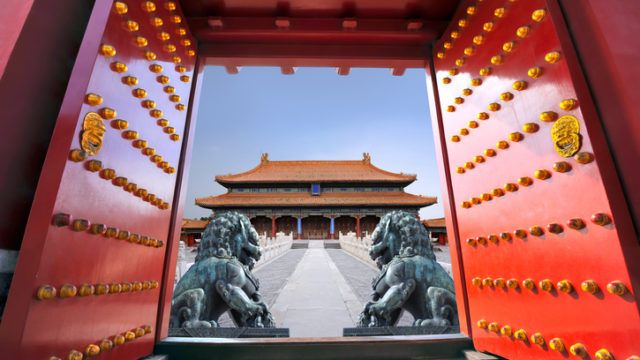The BOCHK All Weather Asia Pacific High Income Fund will invest 50% of assets in equity, 39% in US dollar-denominated high yield bonds and another 10% in local currency bonds, according to its model portfolio. In terms of geographic location, assets in Hong Kong and China will take up approximately 51% of assets, followed by 12.3% in Australia and 8.7% in Singapore.
Co-manager Carson Lam said the southbound capital flowing to Hong Kong from the mainland will continue to support the prices of Hong Kong-listed stocks.
However, in 2018, he believes the market will need a “meaningful correction” in order to remain healthy after delivering a 36% return last year, one of the best yearly gains in its history.
Across Asia-Pacific, Lam sees opportunities in cheap stock valuations. “For example, high dividend stocks listed in the Apac region have [on average] a 12x price-to-earnings ratio, which is lower than 16x in Europe and 20x in US. Asia-Pacific is therefore expected to see further upside in stock markets in terms of capital gains,” said Lam.
Apart from valuation, corporate earnings are another criterion that the manager will evaluate for investment opportunities. “As the Apac region has become the powerhouse of global growth, the earnings of corporates are expected to remain robust,” he added.
Apac dividend hunt
In Singapore, he prefers listed real-estate investment trusts (REITs) due to strong liquidity and the variety of REITs available.
“Compared to Hong Kong, REITs listed on Singapore’s exchange come with various underlying assets — retail, commercial and industrial properties. Some of them even give exposure to real estate projects situated in Hong Kong and China,” he said. “In contrast, only two bigger names are actively traded in Hong Kong. But the dividend payout is not particularly attractive.”
REITs in Singapore have an average payout of 5.51%, higher than Hong Kong’s 4.38%, he added.
The fund will also target market leaders and monopolies in Singapore, for example in aviation, telecommunications and media, because these companies have a stable dividend payout history.
Lam is also bullish on a few Australian energy providers that are expected to profit from the infrastructure they invested in over the previous years.
Half of the fund’s assets will go to bond investments, mainly in the high-yield space. Ben Yuen, co-manager of the fund, said the outlook for high income opportunities is supported by the potential of appreciation of Asia-Pacific currencies and economic growth.
To hedge to interest rate risk, the bond duration is short compared to other bond funds. It is estimated in the model portfolio that the duration will be around 3.4 years. The fund will also look at some Chinese issuers of US dollar-denominated bonds because they typically give out additional yield to secure the issuance, Yuen said.

















